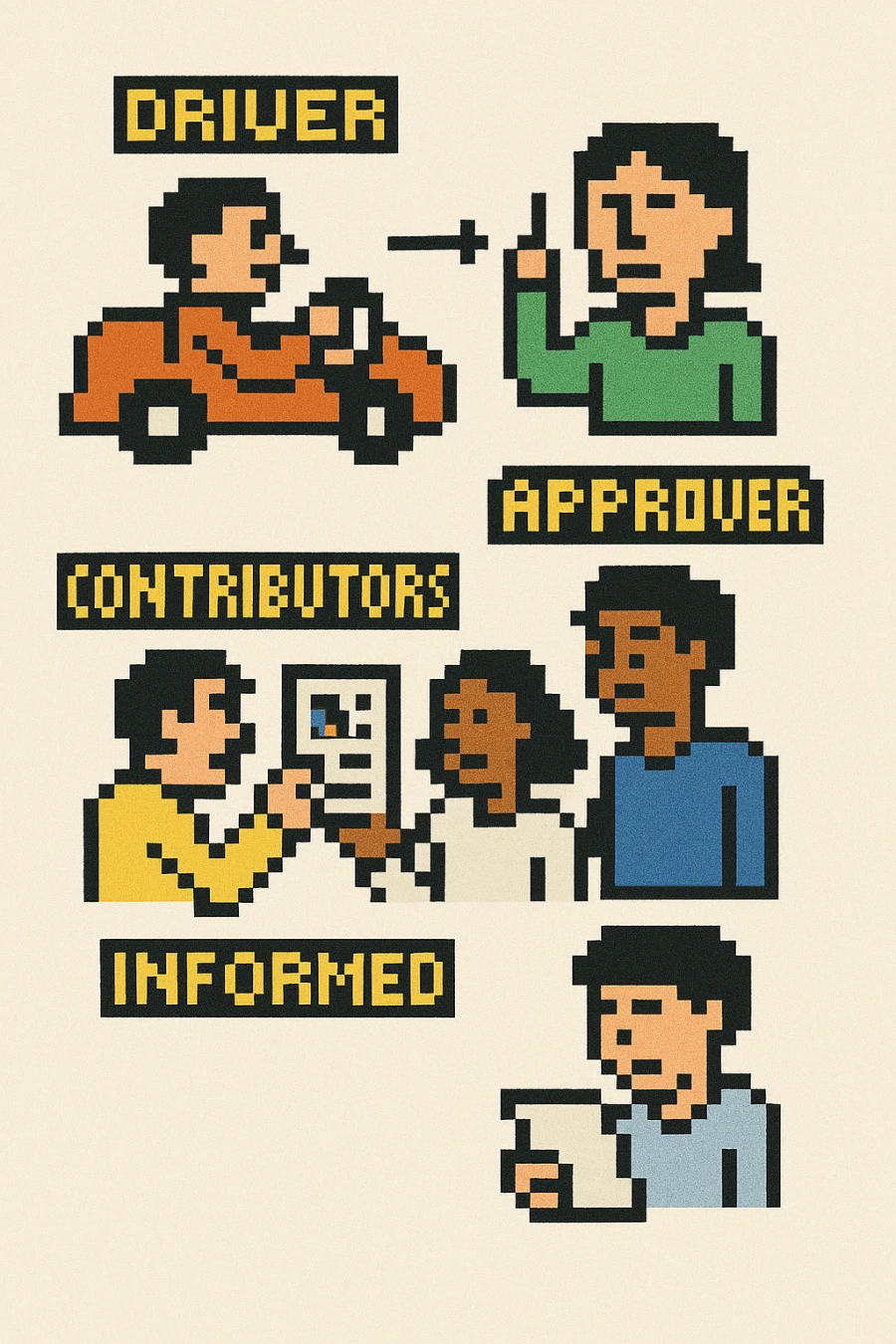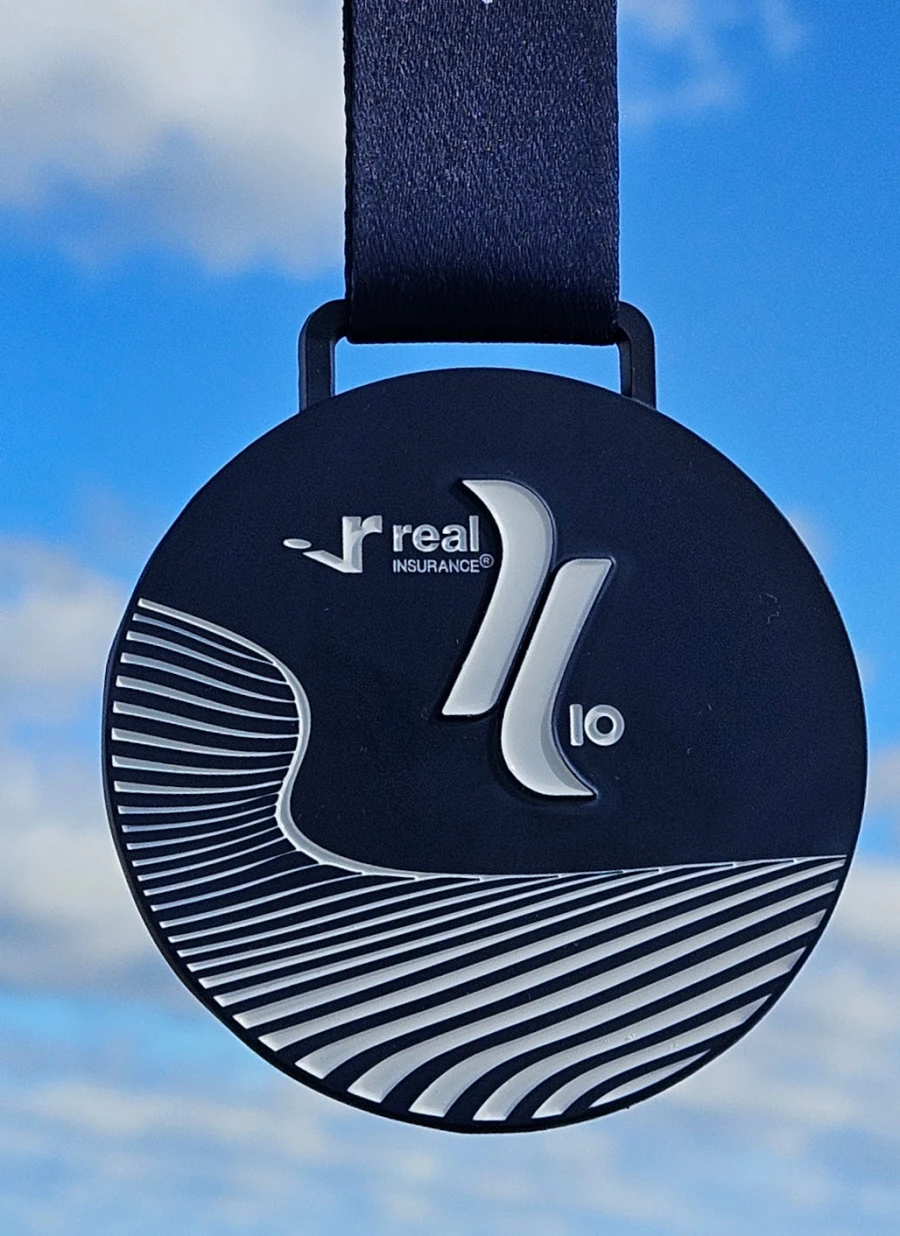I'm a father of three from Sydney, a Product Director and a Product Coach. I write about product management and run the Product Manager community.
Subscribe to receive digest emails (1 per month).
-
WFH
When work moved home, we lost something special. The hallway high-fives, lunches together, quick smiles across a desk and the shared buzz of a team in the same room. Even sticky Post-it notes were kin... Read more -
Leave PMs alone!
When you're part of a good 1:1 product management community, it keeps you away from quietly losing your marbles.
One of the most common topics that surfaces is the time wasted managing expectations ... Read more -
Some organisations want innovation, but they don't want the risk. They need to show ROI before proceeding.
But that's the true cost of innovation - you don't know if it will result in anything. There's a chance, but it's low.
You can't test, learn, or grow without spending time/money. Without breaking things. Progress looks chaotic up close. And sometimes expensive. -
Simple Strategy
An exciting strategy is something that people look forward to. The all-hands meetings, the inspiring slogans, the promise that this next big bet will change everything.
But real strategy doesn't spar... Read more -
Disagreement is proof you've hired thinkers, not AI bots. If everyone nods along, you've built a cult, not a team.
Debate, decide, act, and make a difference in the world. -
Everything a CEO does can be boiled down to 3 main things: Setting direction, enabling people, and driving outcomes.
The best leaders know which of these matters most at any given time, and they shape their schedule around it.
Companies led by someone who understands that balance have a clear edge over those that don't. -
When the newborn comes into your life, everything changes. It doesn't matter what your current habits are - your fitness, your diet, your time with your wife - it all kind of goes out the window. Everything starts shifting around the newborn: the schedule, the mayhem, the process of learning their personality and cues - are they hungry or just needy?
Then you start figuring out the schedule. In the first stage, you barely sleep, and both of you attend to the baby, which quickly becomes unsustainable. So you start adjusting, taking turns, shifting things around to make it work.
Everything shifts around the baby, and you end up giving up on the small things - even something as simple as going out for a walk, let alone exercising.
Two weeks in, though, you start to really enjoy the moment. You realise it's a new life - a new person with their own personality, thoughts, and habits. It's amazing to watch it unfold.
But it's also important not to forget everything else. Once you've got a bit more structure in your schedule, start bringing back those other habits - eating properly, going out, spending time with your wife, exercising, looking after yourself, and maybe spending a bit more time on your side projects too. -
Only recently, I thought I didn't have time. I knew that would change soon, and I also knew I'd adapt - especially since I've done it twice before.
My third daughter (yep, I'm a girl dad) was recently born and already seems to be the boss.
In between naps, feeding, and endless nappy changes that look suspiciously like mustard, I'm doing a couple of extra things:
- building a community of product managers and;
- creating a flashcard system in Notion to help me memorise things I want to learn, from historical dates to topics related to my job - assuming I can stay awake long enough to use it.
-
Leaders push for speed so hard they forget the basics - a clearly communicated direction.
Everyone understands the direction eventually...once it's downhill. -
The way people in an organisation work together towards shared goals forms the core of its culture.
No shared goals? No shared culture. Just meetings with snacks. -
Vibe Coding
Peter Drucker once said, “Doing the right thing - even if not perfectly executed - is far superior to perfectly executing the wrong thing.”
He was right but most of the time you can't tell if you're ... Read more -
Game Over
I've seen senior leaders talk about empowerment until it means giving up control.
It's a problem if you want to build a product-led tech company.
Product teams get blocked when decisions pile up in ... Read more -
Get comfortable being uncomfortable
When a Product Manager gets comfortable with predictability - hitting deadlines and running smooth sprints - they sometimes find themselves locked into what's safe, just keeping the engine running and... Read more -
The best PMs are detail-oriented.
Even when under pressure to start executing, they still do the work in the background to make sense of it. If it doesn't, they bring it up in a non-confronting, logical way.
I've seen big decisions being reversed because of that, saving the company tens of thousands of dollars that could have been lost by going in the wrong direction where the maths does not stack up.
Hold on to these PMs. -
Guard time like budget...work expands to fill the day. Block focus hours. Lock family time. Prioritise exercise. Treat them as non-negotiable.
-
Have you heard of the DACI model? It might sound like something from a government department, but it's actually a decision-making framework.
It's easy to use and helps prevent confusion about roles and responsibilities within a team working on a product or project.
Driver
This person owns the decision, pushes it forward, and chases people with gentle nudges, like the classic “Just bringing this back to the top of your inbox” email.
Approver
The one with the final say, who signs off, breaks ties and takes responsibility for the outcome.
Contributors
The people who provide ideas and context. Keep this group small - it's not a group vote.
Informed
Those kept in the loop once a decision is made. They're often the ones asking later, “Wait, when did we decide that?”

-
The best way to kill your product instincts is to outsource your customer research.
When you get answers neatly packaged in a fancy PDF with cool graphs and slick design, you feel good about it. It looks like the hardest part has been done, and you just need to look at the numbers and insights. On the surface.
As you go through the research prepared by someone else, you realise you only gain surface-level knowledge of the space.
Real research is about developing a good understanding of what your customers are experiencing - the small problems they face, along with all the nuances and frustrations.
You have to speak to them. No surveys or written responses will give you true insight into their challenges.
When you outsource research, someone else builds that understanding - not you.
Your product instincts start to fade over time. -
Prioritising customer requests purely by volume is a bad choice.
Volume doesn't mean this is the right problem to solve.
But it still blinds teams.
Yes, customer feedback is great for spotting patterns and surfacing needs. But raw demands don't point to the best answer. Building features based solely on who shouts loudest will result in bloated products or patchwork fixes that don't scale.
A client might demand Feature X but their request likely reflects a deeper pain point solvable in a more elegant, cheaper, faster and more beneficial way.
Strong product teams distil customer insights. Instead of asking: "What do customers want?" ask: "What problem are they trying to solve?".
Your customer problems are your problems. -
Harbour 10 is done! ✅
When I signed up, I picked the 55–65 min group and didn't think I'd break 55. Ended up finishing under 53 (5:12/km).
I ran the first 8 km at a comfortably hard pace then gave it everything in the final stretch (4:30/km last km). The first half was pretty packed...narrow paths and lots of weaving through the crowd. Ended up overtaking around 900 people.
Really stoked with the result, especially the pace in that last km.

-
Skills can be taught. Values can't...or at least not fast enough.
Don't waste interviews checking boxes or handing out take-home builds. Run live Q&A sessions. Watch how they think, how they ask questions, how they handle trade-offs under pressure. That's where you find the right fit.
Feel free to reach out: [email protected].
